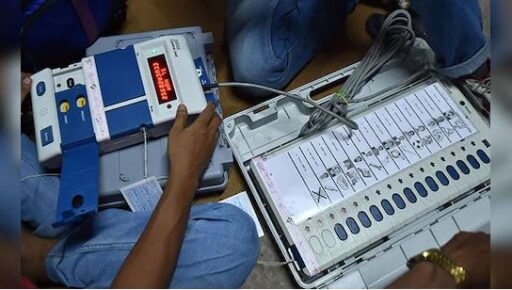
Ahead of state elections, Maharashtra election officials executed rigorous testing of Electronic Voting Machines (EVMs) in 10 assembly constituencies. The goal: to verify whether EVM vote counts correspond accurately with their Voter Verifiable Paper Audit Trail (VVPAT) slips.
After extensive review, the authorities confirmed no mismatch between paper ballots and electronic results. This outcome reinforced public trust in India’s electronic voting mechanism and offered a transparent validation of the electoral process.
Background & Importance
Electronic Voting Machines have been in use across India since 2004 and remain central to national and state elections. Each vote on an EVM generates a corresponding VVPAT slip, providing a physical record that ensures accountability and auditability.
Despite this system, critics and opposition parties have frequently raised concerns over possible tampering or technical glitches. The Maharashtra test served both as a procedural audit and a statement: India’s election infrastructure strives to remain transparent, secure, and trusted.
The Test Process
The verification exercise involved simultaneous vote counting on EVMs and cross-checking with VVPAT prints in 10 key constituencies across the state. Officials sent samples to designated audit teams, with independent observers overseeing the process. The consistent results eliminated any doubt over tampering.
Officials also shared that the test was proactive—not triggered by complaints—but aimed at instilling faith among voters and supporting transparency.
Political & Public Response
Following the announcement, multiple political leaders acknowledged the step as progressive. Local government representatives described it as proof of robust election infrastructure. Analysts termed it a crucial move ahead of the crucial 2024 general elections.
However, some critics argued that similar audits should be mandated universally across India—especially in regions with trust deficits in electoral mechanisms.
Broader Implications for Indian Democracy
This validation aids multiple agendas:
-
Election Credibility: It counters misinformation about digital elections.
-
Voter Confidence: Citizens gain reassurance in fair vote counting.
-
Audit Precedent: Sets a model for other states and the Election Commission to follow.
-
Emerging Tech: Opens the possibility for using new verification tools (like blockchain-backed logs or advanced audits) in future elections.
While Maharashtra’s step won praise, calls emerged for more institutionalized checks—especially in states with contested election histories.
Looking Ahead: Scaling and Sustainability
For lasting impact, experts suggest scaling these audits nationwide before major polls, embedding them in standard operating procedures. Training and automation tools can help streamline these checks during election duty windows.
Several civic groups and NGOs have offered to assist the Election Commission in expanding such verification beyond select constituencies.
The next scheduled general election in India (2024–25) will test whether such audits become a norm, rather than exception.